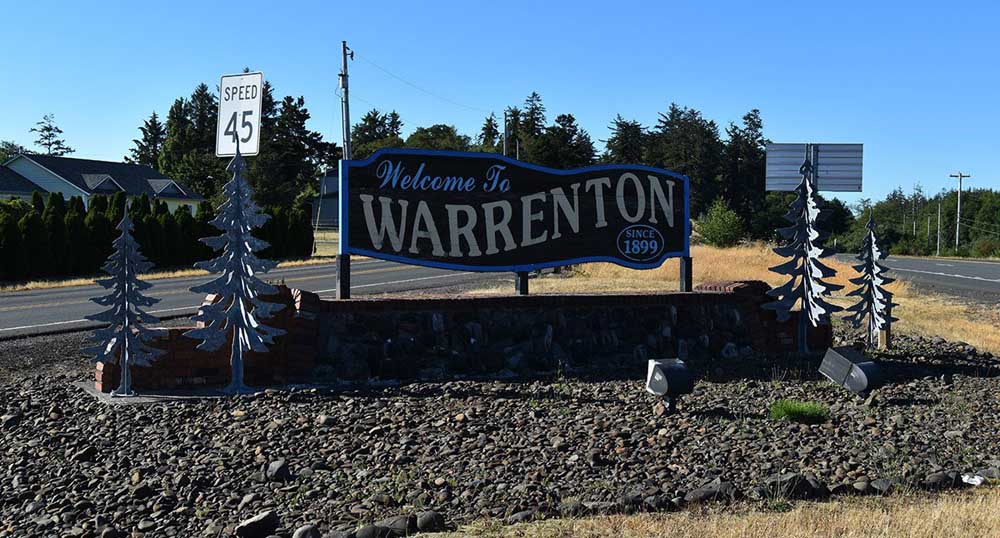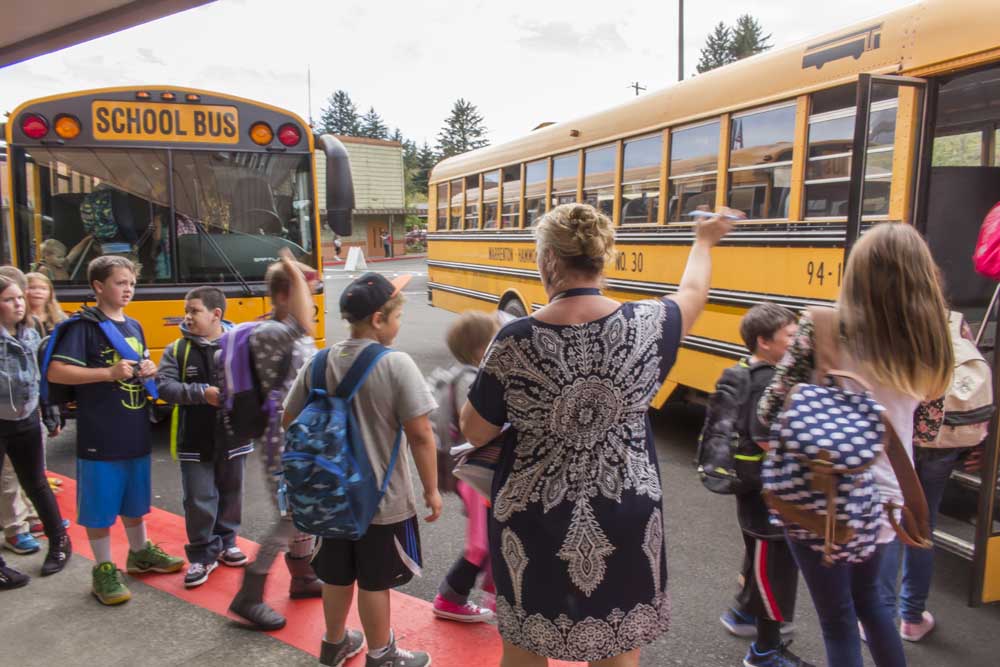Water under the bridge
Published 8:00 pm Tuesday, September 4, 2018

- 1968 — Halted by state police at the Oregon end of the Columbia River bridge, motorcycle riders of the Gypsy Jokers club awaited inspection of their equipment by officers. The riders were later escorted northward by Washington state officers.
10 years ago this week — 2008
Labor Day began as a way to celebrate the victories of ordinary working people. Those included hard-won gains over a period of more than a century that brought living wages, decent working conditions, old-age pensions and a host of other vital labor rights to millions of people. It was a day to rally everyday people around the idea that we can take nothing for granted, that we must protect all these things that have come to define the United States of America.
If Labor Day is about anything more than a three-day weekend, it ought to be about honoring the meaning of work and understanding how political choices affect working people.
A fire call to the Cannery Pier Hotel on Astoria’s waterfront enlivened an otherwise uneventful Labor Day Weekend 2008.
The U.S. Coast Guard assisted a 40-footer in trouble near Willapa Bay, Washington, but reported a quiet weekend as throngs of people enjoyed the mixed weather on the North Coast. There were no reports of serious traffic accidents in the region, although nine died in crashes elsewhere in Oregon.
Clatsop County residents may not always see eye to eye on issues, but they definitely pull together in an emergency.
At the request of the Ford Foundation, the Carsey Institute at the University of New Hampshire conducted a survey of rural counties in six regions of the United States to see how they’re coping with social and economic change and how community attitudes toward themes like neighborliness are changing. The institute contacted 1,000 people from Clatsop County and 1,000 people from Pacific County in Washington in June 2007.
Respondents were asked about whether the community has a high level of trust and gets along. In Clatsop and Pacific counties, a whopping 89 percent indicated that folks get along and only 11 percent said there was a problem.
In another interesting result, the survey revealed that 33 percent of respondents in Clatsop and Pacific counties thought that in 10 years the community would be a better place. Some 47 reported that they thought it would be about the same. Twenty percent, however, thought it would be worse.
50 years ago — 1968
A hairy band of motorcycle riders calling themselves the Gypsy Jokers were halted by state police as they headed for Fort Stevens state park to hold a camp-in.
Most of the riders were from Washington points, according to Lt. William Flippo, officer in charge of the Astoria state police unit. Flippo said there were about 87 cycles in the group and a number of cars.
State officers issued more than 30 citations to members for such violations as lack of helmets, lack of headlights, missing fenders and defective mufflers.
The town of Astoria, like its stay-at-home residents, enjoyed a quiet day basking in the late summer sunshine Labor Day, with sounds of traffic and industry muted, because of the lack thereof, and a peaceful atmosphere prevailing.
Main scene of activity along Commercial was the bus depot during scheduled arrivals and departures, with weekend guests leaving and Tongue Point trainees returning from visits elsewhere.
A modern record is being set in housing construction in Astoria, building inspector Leon Overbay said.
Sixteen homes are under construction — the most being built at one time in the city since Astoria’s early days. The 16 go with two new houses completed earlier this year. The modern-day record for new houses in one year is 24, Overbay said.
August’s 55 permits included those for the new Bank of Astoria at West Marine Drive near Hume, McGregor’s Supply company’s proposed new building at 7th and Bond, six new houses and 47 remodeling jobs.
75 years ago — 1943
Navy blimps are going to be aerial observation posts for fishermen off the northern Pacific coast.
Vice Adm. Frank J. Fletcher, commander of the 13th naval district, Seattle, has arranged for the blimps to notify fishing boats of schools of fish which they sight.
Harold L. Ickes, coordinator of fisheries, said the system should save fishermen many hours in locating the schools and improve their catches, especially of sardine and tuna.
Signs were pointing to the greatest crowd ever to assemble for sports angling on the Columbia River when the Labor Day double holiday rolls around Sunday and Monday; and reported success during Thursday and today indicated growing catches by the accommodating chinook salmon.
Bradley Underwood, 10-year-old son of Walter Underwood, Chamber secretary here, landed unassisted a gigantic chinook salmon that weighed almost 55 pounds and well over 50. Mrs. Emil Bjork brought home a 45-pound bright fish and Dr. J.J. Pittenger grabbed off two 45-pounders in a matter of minutes.
Sports fishermen on the river are all agog over the reported catching of a tuna fish from a trolling boat Sunday near Point Ellice. So far the story of the unusual catch is strictly in the rumor stages with all attempts to identify the lucky fisherman unsuccessful. However, word of the tuna’s capture has spread up and down the waterfront and is attracting wide interest among the thousands of salmon trollers here.





